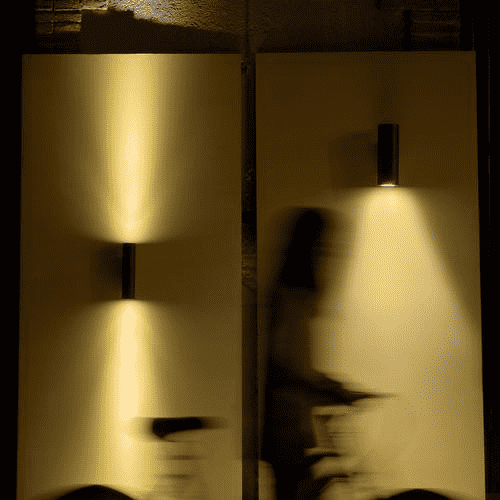Nowadays, the city is the main stage where people’s lives unfold. If we consider that the majority of the global population lives in urban centres and that this trend is only increasing, it seems pertinent to analyse how these spaces are been transformed and what are the challenges faced by lighting.
To re-balance the human scale in outdoor spaces, whether public or private, has become the fundamental purpose of urban strategies aimed at making cities habitable, sustainable and safe spaces for all.
In recent times, city planning has evolved towards a model in which their inhabitants are the centre of the different actions carried out. Urban structures have both an operational and emotional component that directly influences the interaction with the different spaces and for which lighting plays an important role.
Trends in outdoor lighting
Lighting is a key element within these new concepts thanks to its potential as a transforming element of space. Outdoor lighting is composed of functional lighting applications focused on providing correct visibility for the activities carried out in open spaces, as well as ornamental lighting focused on enhancing the facades that make up this urban landscape.
To achieve these objectives, architectural lighting must adapt to the habits, behaviour and lifestyles of users, while at the same time be efficient and respectful of the environment, using highly efficient luminaires and avoiding light pollution by means of an adequate optical control that prevents higher emissions and residual light.
Lighting design is a continually evolving discipline that seeks to meet the users’ needs. In this respect, it is interesting to review the main trends in the sector.
Reclaiming urban spaces for pedestrians
New proposals are being suggested with the aim of humanising the urban space, such as the pedestrianisation of road and central areas, the establishment of restricted traffic areas in favour of pedestrians, or the reclaiming of semi-public environments and their adaptation for users.
In this scenario, the lighting becomes a key element capable of:
● Guiding citizens in the use of spaces
● Ensuring safety
● Orienting the flow of users in order to favour coexistence
● Enhancing the architecture that shapes the space
In order to meet the lighting needs of pedestrian areas, the following luminaire typologies are available: Recessed, wallwashers, spotlights, bollards or Wall Lights that enhance the urban landscape and add another layer of information to the space through lighting.
Domestication of urban spaces
The traditional boundaries between the public and private sphere are blurring. To be domesticated, the city must become a home for its inhabitants, creating spaces that invite them after sunset. Lighting therefore tends to become more useful and closer to the user by creating a more friendly and welcoming atmosphere with luminaires that integrate into the space.
This also results in more efficient lighting thanks to luminaires with specific light distributions. This trend is favouring the use of outdoor luminaires with warmer colour temperatures.
Smart cities
Sustainability is the basis of smart city designs that have already become a reality. A smart city is capable of satisfying its inhabitants’ needs from a social, environmental, and functional point of view through the integration of Information and Communications Technologies. Therefore, connectivity is essential for the development of this type of space.
Lighting is one of the most important components in the development of smart cities. Intelligent lighting systems enable the operation, monitoring, and management of urban lighting via wireless communication networks. By using remote control technologies, it is possible to adapt the lighting to the specific needs of each space while optimising costs and providing greater versatility and interaction.
Thanks to this way of understanding space, cities redefine their own identity. Spatial diversity, adapted to the social needs of its inhabitants, contributes to cultural transformation and stimulates the well-being of citizens.
Thus, the adaptability of outdoor lighting systems to the different spaces making up the city is one of the most important trends in the sector. The success of a good lighting design depends on its ability to solve the functional, emotional, and social needs of the users.
Post time: Jan-08-2021

